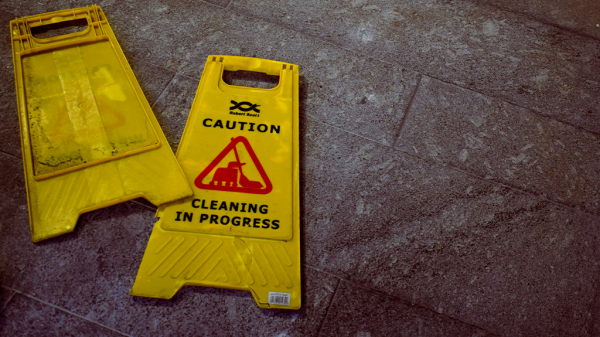Real world hustle
Many a professional has entered the work force through a customer service-based position. Some stick with the position(s) for a little bit, gather a few retail or restaurant horror stories, and move on to other opportunities. Some folks thrive on the often fast-paced environment and make a career of it. Regardless, it is safe to say that when starting out on this career path, the job seeker will likely be making somewhere around minimum wage. However, one of the primary reasons job seekers are drawn to restaurants is the opportunity to make some extra cash in tips.
![]()
The rise of the wage
Since 2009, the federal minimum wage has been set at $7.25 per hour, though the rate is higher in many states. Recently, efforts have gained traction in once again raising the federal minimum wage. States such as California and New York have set legislation to raise the minimum wage to as high as $15 per hour by 2020, and Massachusetts and Washington are currently tied for having the highest minimum wage at $11 per hour. It makes sense that as the cost of living increases, the minimum wage would rise to reflect that.
Would you believe, then, that since 1996 the minimum wage for tipped workers has been set at $2.13 per hour?
Crunching the numbers
In case you’re too lazy to do the math, I’ve taken the initiative to present you with some figures. (And if you’re insecure about your mathematical skills, then let me assure you that I had to use a calculator). The federal minimum for tipped workers is $5.12 per hour less than untipped workers. Working 40 hours per week, untipped workers making minimum wage would make roughly $15,000 annually.
Tipped workers, based on hourly wages alone, would make less than $4,500 annually.
I mean, maybe it’s just me, but that seems a little unbalanced now, doesn’t it?
A hard day’s work
Now, in all fairness, these figures are purely based on hourly wages. At high-end establishments, especially, the tips can be quite good and more than make up for the significant wage gap.
But at less-expensive establishments, that wage gap can most assuredly be felt among the workers. If the establishment isn’t busy, or even if too many parties forget or decline to leave a tip, servers could potentially be walking away from an 8-hour workday having barely made $20.
[clickToTweet tweet=”If too many forget or decline to tip, servers could walk away from an 8-hour day with barely $20.” quote=”If too many parties forget or decline to leave a tip, servers could potentially be walking away from an 8-hour workday having barely made $20.”]
This example may be a bit extreme, but it is certainly within the realm of plausibility.
Who’s in the fight?
Restaurant Opportunities Centers United launched a campaign in 2013 to bring about legislation that would abandon the two-tiered wage system. Currently, there are only seven states that have such legislation in place, with Maine voting to become the eighth last year. Though the group is currently planning a major push in several states to move legislation this month, activists are worried progress may face major challenges over the next four years, largely due to President Trump’s nomination of Andrew Puzder as Labor Secretary.
Puzder, the CEO of CKE Restaurants – parent company of Hardee’s and Carl’s Jr.- has been an outspoken critic of raising the minimum wage.
The group also faces strong opposition in the National Restaurant Association, whose shared initials with another, often vilified association we will not discuss.
The opposition
The National Restaurant Association argues that an increase in wages would lead to an increase in food prices, directly leading to a decrease in both jobs and tips. They also argue that tipped workers are already among the highest paid workers in restaurants, so an increase in wages would be unnecessary. This line of thinking, of course, fails to include the idea that the amount servers are tipped are often enough based upon things that are out of their control.
You know, things like sex, race, age, physical attractiveness, etc.
It’s about to get real
In closing, there is an argument to be made for and against a two-tiered minimum wage. Certainly, there are many servers throughout the country getting paid an hourly rate that is significantly less than that of untipped minimum wage, and thriving due to high-tipping patrons. However, there are just as many workers, if not more, that are struggling to make ends meet at $2.13 per hour, plus a couple bucks in tips.
The restaurant industry has changed significantly over the past 20 years. Shouldn’t wages have as well?
#MinimumWage
Andrew Clausen is a Staff Writer at The American Genius and when he's not deep diving into technology and business news for you, he is a poet, enjoys rock climbing, monster movies, and spending time with his notoriously naughty cat.












































